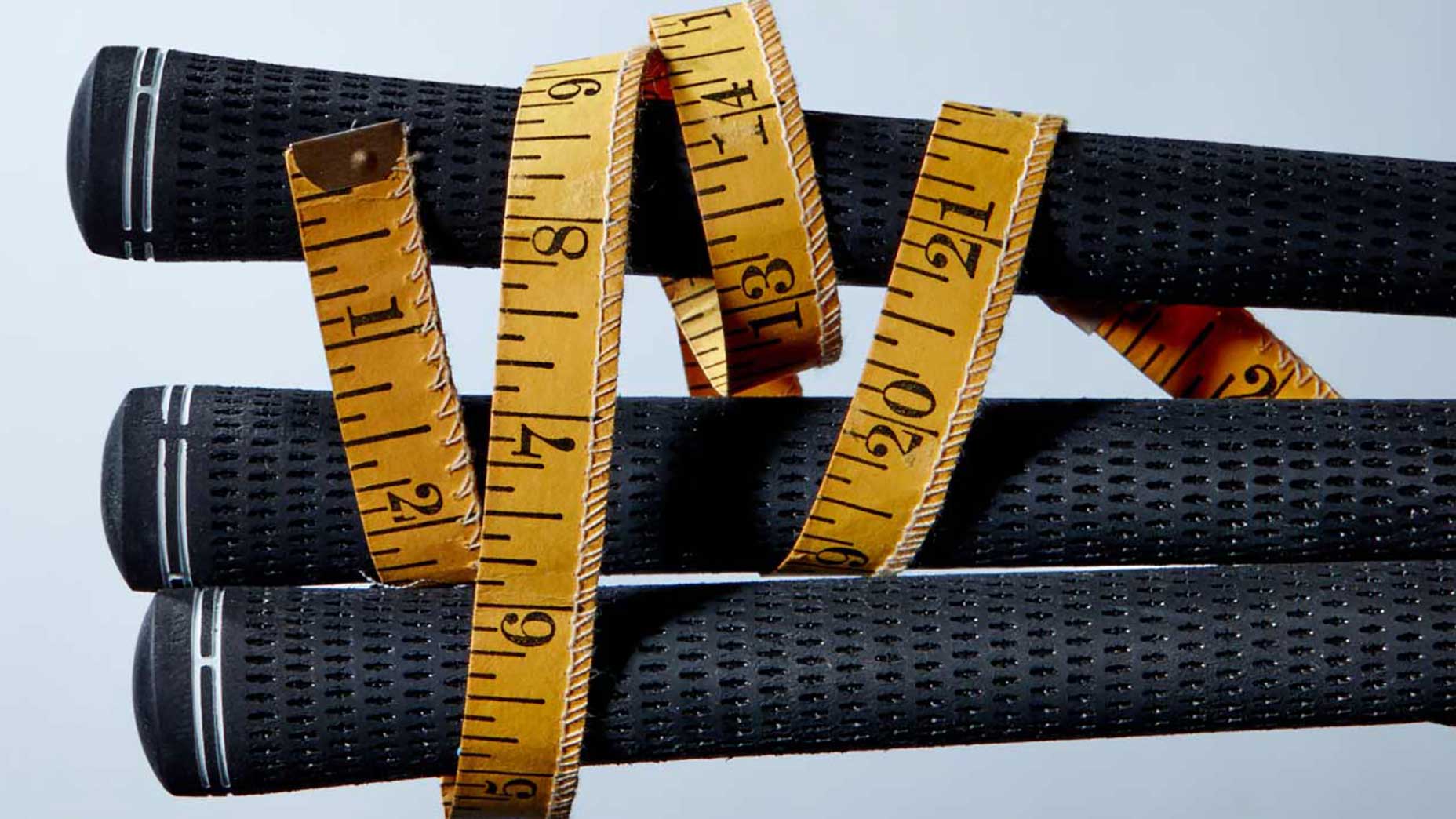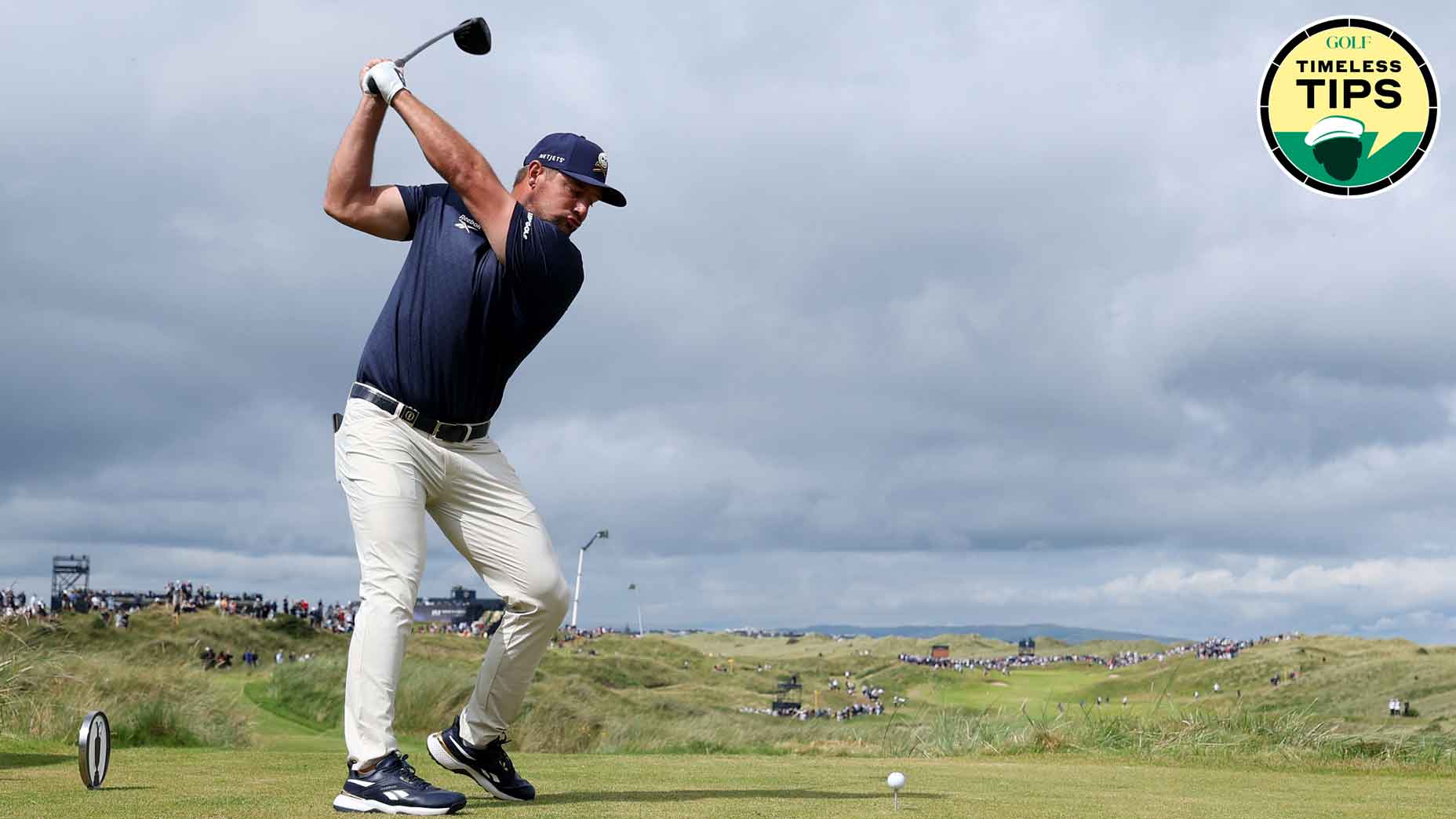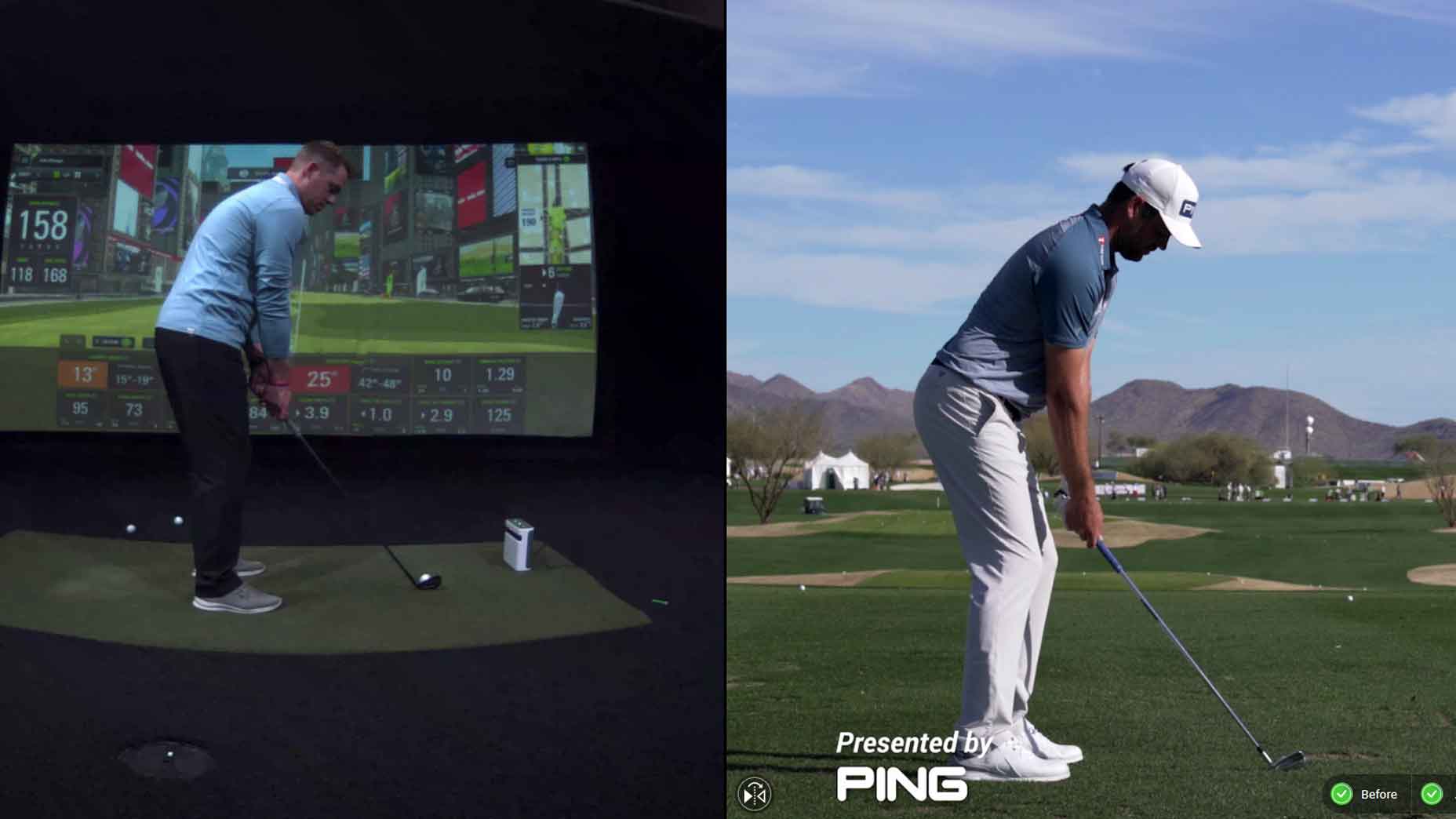I love my driver.
I still remember the joy I felt pulling the TaylorMade R1 out of the clearance bin at a closeout sale during my freshman year of college. It was the first driver I ever purchased all on my own, and it’s been in my bag ever since. The club has been a loyal companion at every stop in my career — Texas, Colorado, Wisconsin, New York — and I’ve used it to find fairways everywhere from rundown munis to Top 100 country clubs. That R1 has been with me through it all.
How I shallowed out my golf swing and hit my driver better than everBy: Zephyr Melton
Unfortunately, all good things must come to an end — and the same can be said for my relationship with the trusty R1. With technological advancements in equipment becoming more robust, the R1 doesn’t have the pop to keep up with the shiny new drivers being released each year.
I knew it was time for a change. I’m not a long player by any means, and if I wanted to avoid falling even further behind my peers in the distance department, I needed a driver that wouldn’t sacrifice power.
Grabbing another driver off the rack likely would have given me some much-needed yards off simply by virtue of superior technology, but if I was going to replace old reliable, I was going to do it right. So, I decided to call up my friends at GOLFTEC for a fitting.
Nick Schiavo, my instructor over in New Jersey, helped me shallow out my swing this season, and he offered up his services once again to get me in the proper big stick. He knows my swing as well as I do at this point, so I trusted he’d be able to get me in the right equipment.
We began the process by hitting my R1 several times to get some specs for my current gamer. I averaged 238 yards per drive, with 134 mph of ball speed while hitting 11 yards offline. The numbers reflect my game — short and straight — but I craved more power.
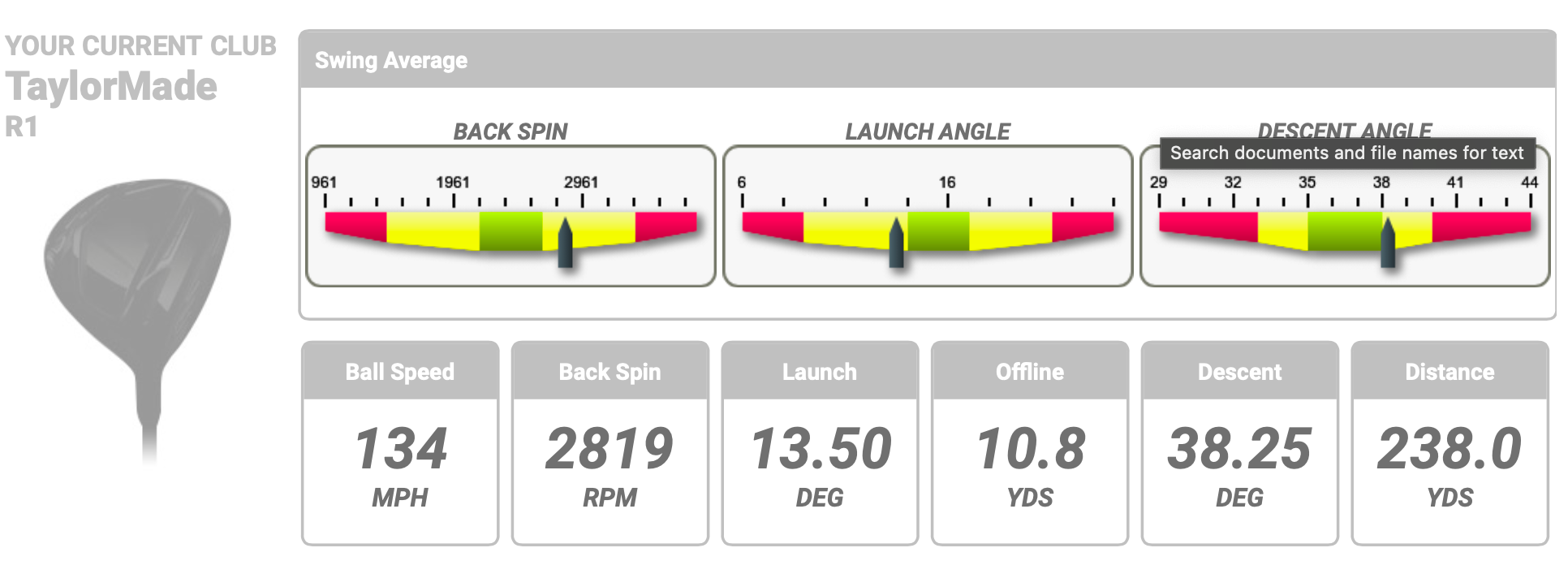
The next hour and a half I hit more drivers than I could count, one after another into the pale white screen. After a string of particularly awful shots, I started to lose hope.
“Maybe new technology just isn’t for me,” I said.
3 different types of club fittings — and why each of them matterBy: Jonathan Wall , Andrew Tursky , Luke Kerr-Dineen
“It’s all part of the process,” Nick told me.
Then, it all clicked.
Nick grabbed a Ping G425 Max off the shelf, and thing started getting better. We started with a stiff shaft similar in weight to the one I currently swing, but then we adjusted to a Tour regular. Nick made a couple adjustments to the specs on the head, and I started hitting the best drives of my life.
My average drives started touching 260 and, when I caught it on the screws, the ball was touching 275. It was like magic.
“I think we found your new driver,” Nick said.
After a few more swings with the Ping G425 Max, we checked the numbers against my old gamer. The results were stunning. I gained 23 yards of distance and 7 mph of ball speed, and I was hitting it straighter, too.

New equipment won’t fix everything in your game, but if you’re like me and using a driver that’s a bit dated, it could give you some much-needed distance.
Watch the entire video of my fitting experience above and click below to sign up for a fitting of your own!
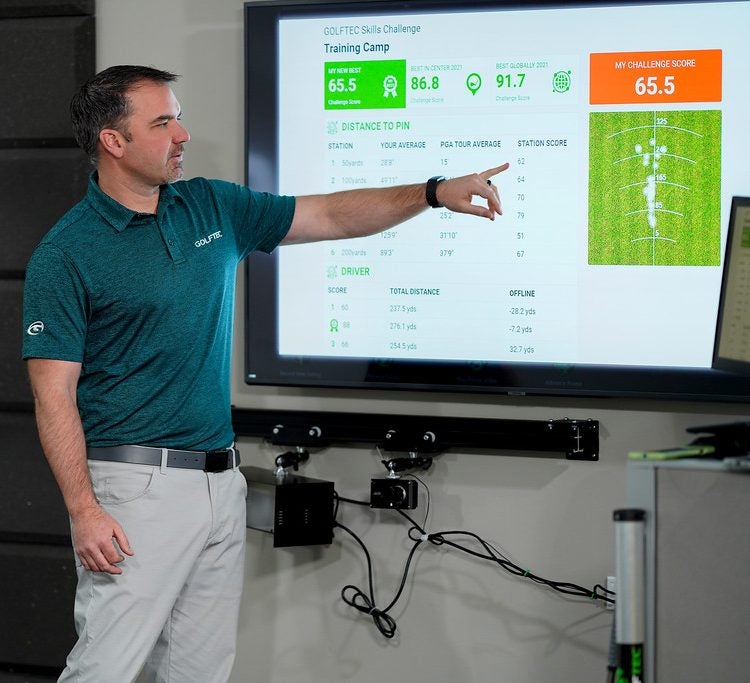
Club fitting for GOLF.com Readers!
Latest In Instruction

Zephyr Melton
Golf.com Editor
Zephyr Melton is an assistant editor for GOLF.com where he spends his days blogging, producing and editing. Prior to joining the team at GOLF, he attended the University of Texas followed by stops with the Texas Golf Association, Team USA, the Green Bay Packers and the PGA Tour. He assists on all things instruction and covers amateur and women’s golf. He can be reached at zephyr_melton@golf.com.

